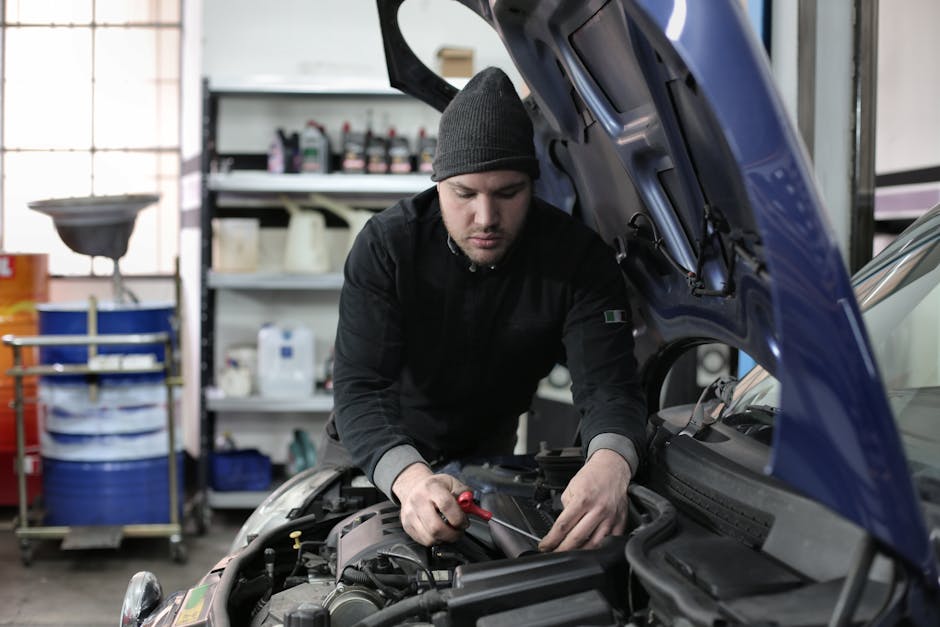The Essential Laws of Explained
 The Papillion Transportation Conundrum: Navigating the Challenges of Moving to a New City
The Papillion Transportation Conundrum: Navigating the Challenges of Moving to a New City
When considering a move to Papillion, Nebraska, one of the most significant concerns for many individuals is the transportation infrastructure. As a growing city with a population of over 20,000, Papillion has made significant strides in developing its transportation network. However, the city’s rapid growth has also presented challenges in terms of traffic congestion, parking, and public transportation options. In this article, we will explore the current state of Papillion’s transportation system, highlighting the challenges and opportunities that exist for residents, commuters, and visitors alike.
Papillion’s Transportation Infrastructure: A Brief Overview
Papillion’s transportation infrastructure is comprised of a network of roads, highways, and public transportation systems. The city is strategically located near the intersection of Interstate 80 and Interstate 29, making it an attractive location for businesses and residents alike. Papillion’s roads are well-maintained, with a focus on safety and efficiency. The city has also invested in pedestrian and bike-friendly infrastructure, including sidewalks, bike lanes, and crosswalks.
However, despite these efforts, Papillion’s transportation infrastructure is not without its challenges. The city’s rapid growth has led to increased traffic congestion, particularly during peak hours. This has resulted in longer commute times, increased air pollution, and decreased quality of life for residents. Additionally, parking can be a challenge in certain areas of the city, particularly in popular shopping and dining districts.
Public Transportation Options in Papillion
Papillion offers a range of public transportation options, including buses and shuttles. The city’s public transportation system is operated by the Papillion Public Transportation Authority, which provides affordable and convenient transportation options for residents and commuters. The authority’s fleet of buses and shuttles operates on a fixed route schedule, with stops located throughout the city.
In addition to traditional bus services, Papillion also offers a range of alternative transportation options, including carpooling and ride-sharing services. These services provide an affordable and environmentally friendly way for residents to get to work, school, or other destinations. The city also offers a bike-share program, allowing residents to rent bikes for short trips or errands.
Challenges Facing Papillion’s Transportation System
Despite the city’s efforts to develop its transportation infrastructure, there are several challenges that face Papillion’s transportation system. One of the primary challenges is funding. The city’s transportation authority relies on a combination of federal, state, and local funding sources to operate its public transportation system. However, these funding sources are often limited, making it difficult for the authority to expand its services or maintain its existing fleet.
Another challenge facing Papillion’s transportation system is the need for more efficient and effective public transportation options. While the city’s public transportation system is reliable and affordable, it is not always convenient or accessible. For example, the city’s bus system does not operate on a 24-hour schedule, making it difficult for residents who work non-traditional hours to get to work or school.
Opportunities for Improvement
Despite the challenges facing Papillion’s transportation system, there are several opportunities for improvement. One area of focus is the development of more efficient and effective public transportation options. This could include the implementation of a 24-hour bus schedule, increased frequency of bus services, or the introduction of new transportation modes, such as electric buses or autonomous vehicles.
Another area of focus is the development of alternative transportation options. This could include the expansion of carpooling and ride-sharing services, the introduction of bike-share programs, or the development of pedestrian-friendly infrastructure. By providing more transportation options, Papillion can reduce traffic congestion, decrease air pollution, and improve the overall quality of life for residents.
Conclusion
Papillion’s transportation infrastructure is a complex and multifaceted issue, with both challenges and opportunities for improvement. While the city has made significant strides in developing its transportation network, there is still much work to be done to address the challenges facing the city’s transportation system. By focusing on the development of more efficient and effective public transportation options, as well as alternative transportation modes, Papillion can reduce traffic congestion, decrease air pollution, and improve the overall quality of life for residents.
6 Facts About Everyone Thinks Are True
How I Achieved Maximum Success with
This post topic: Auto & Motor